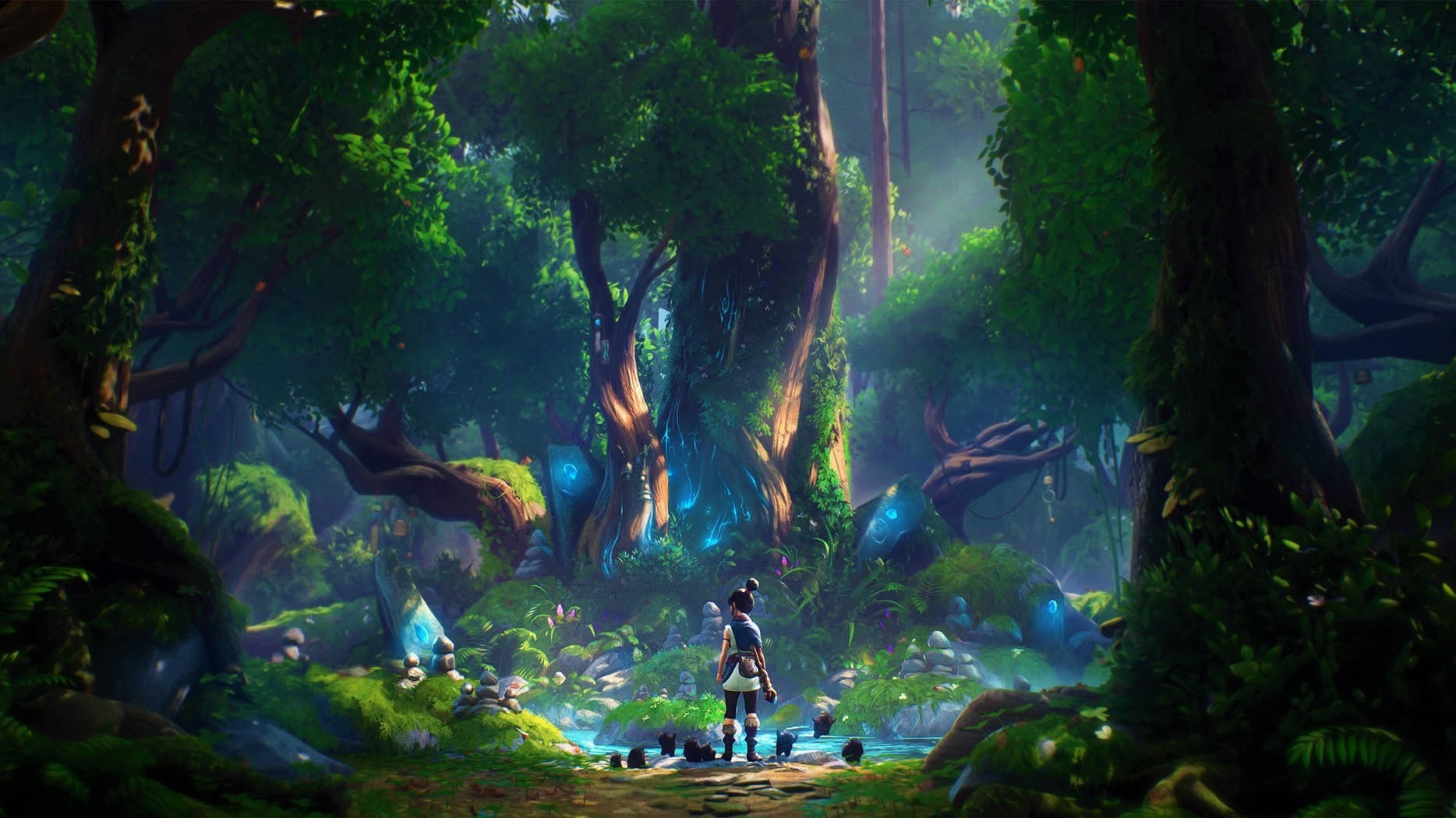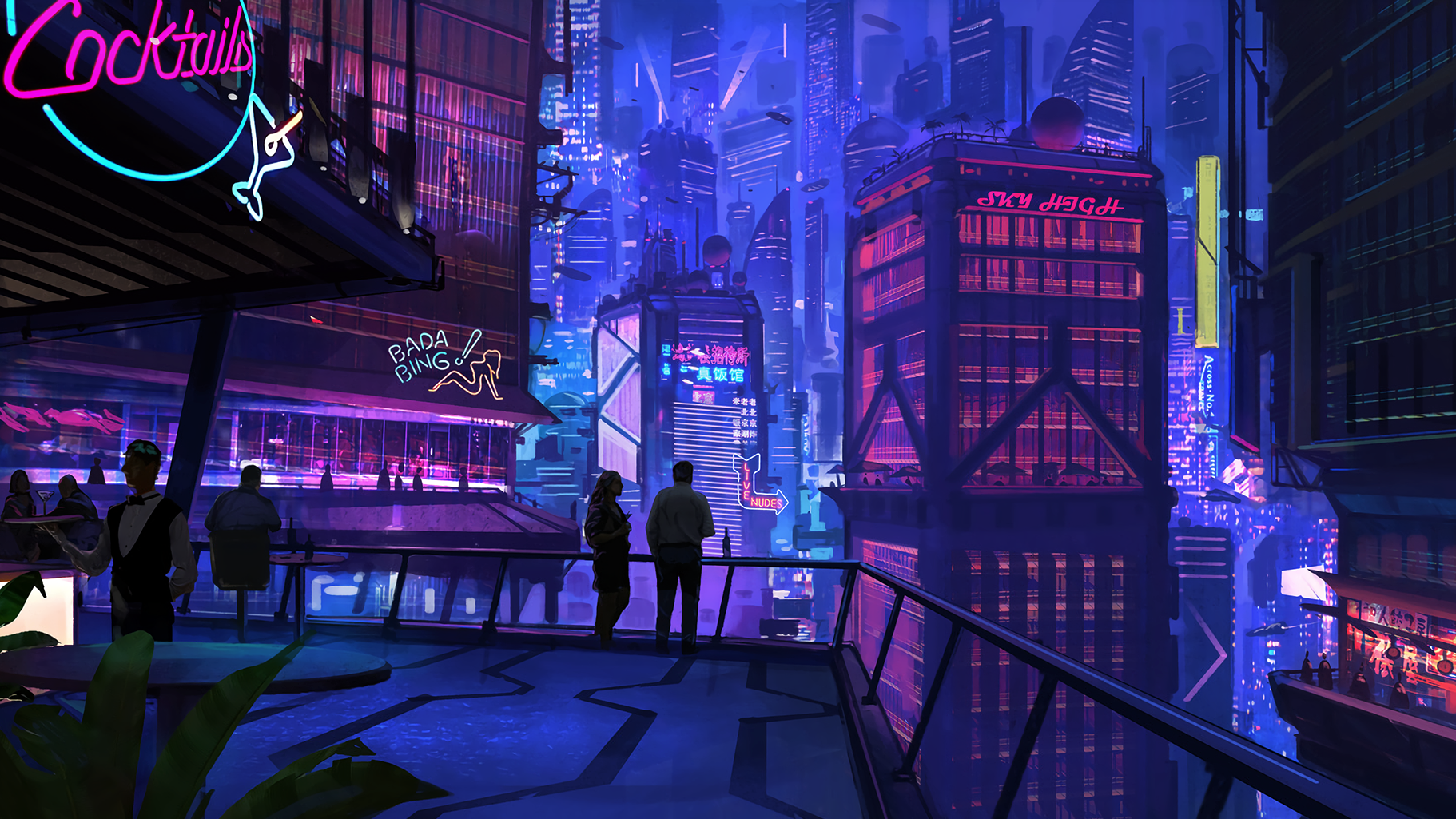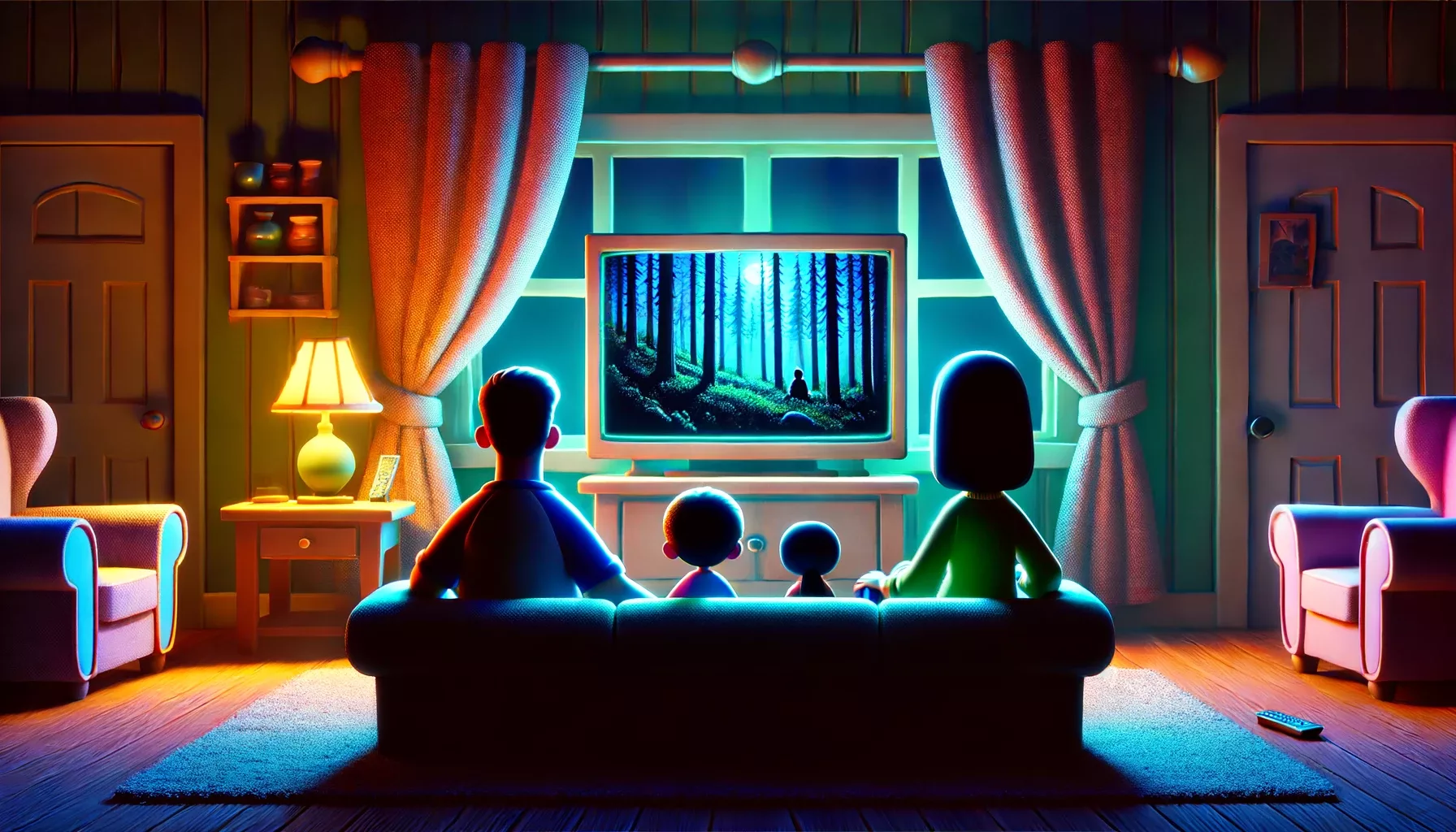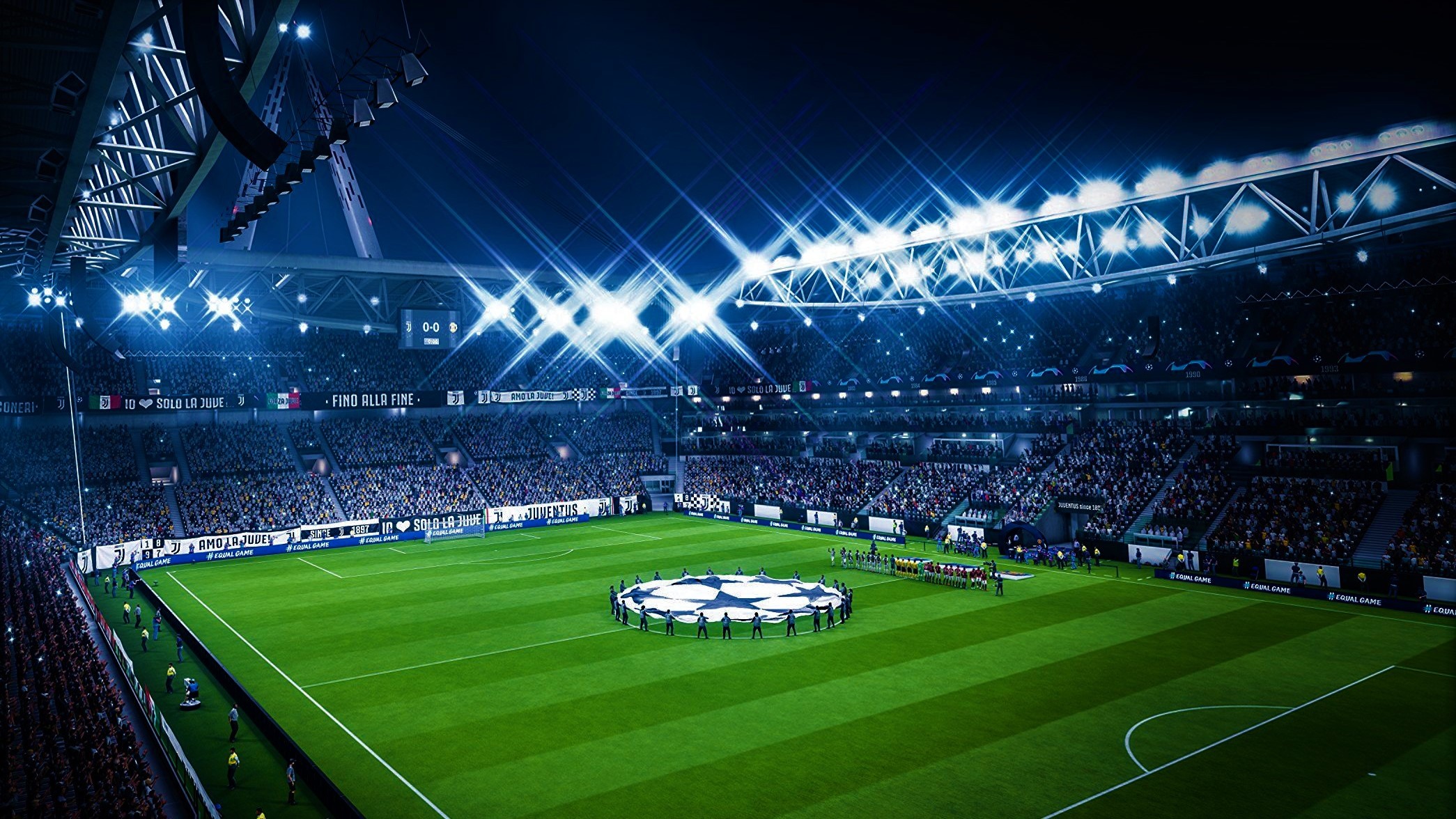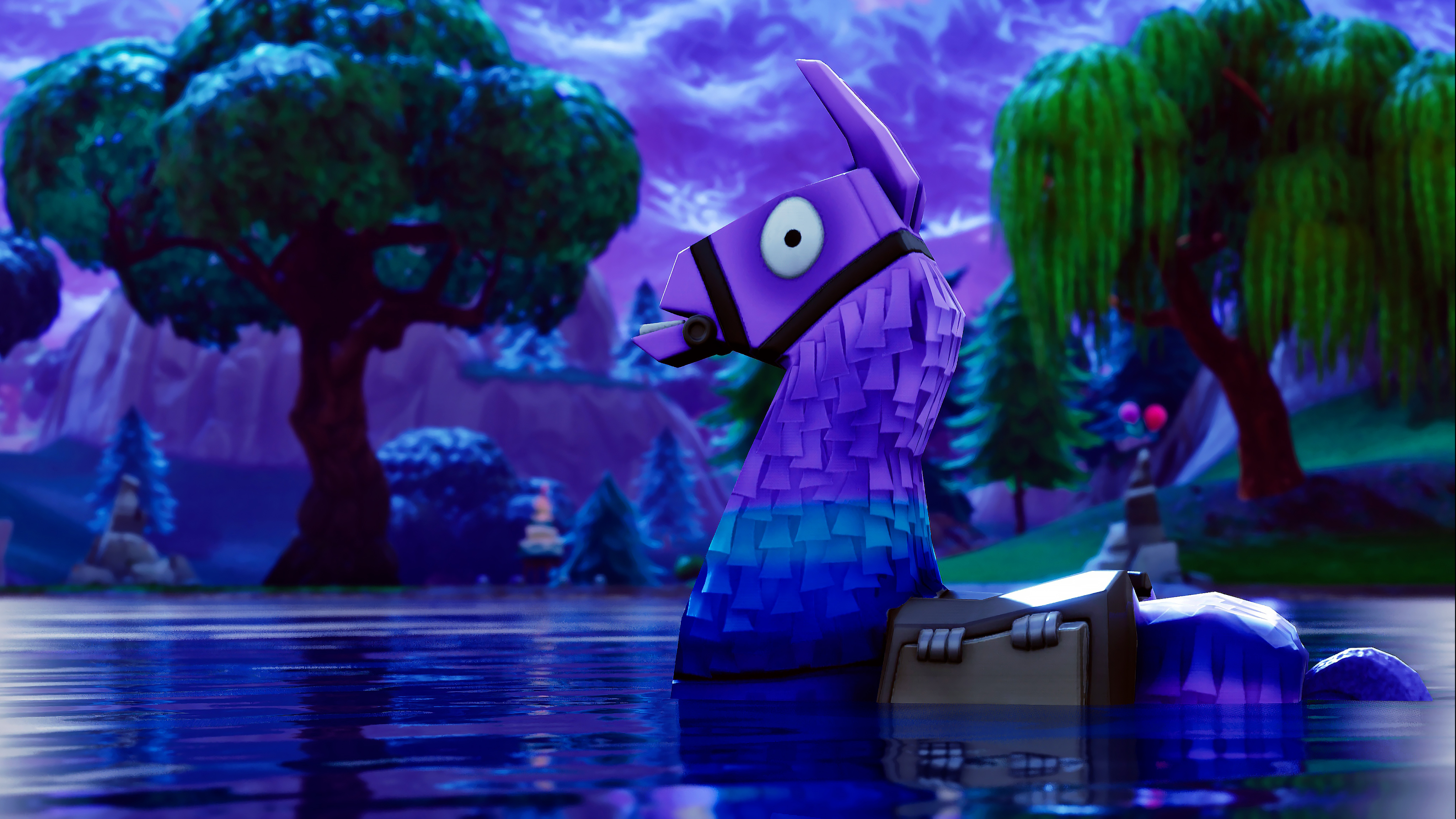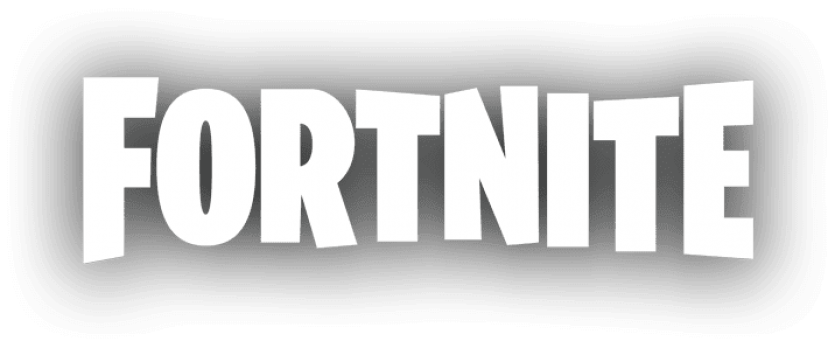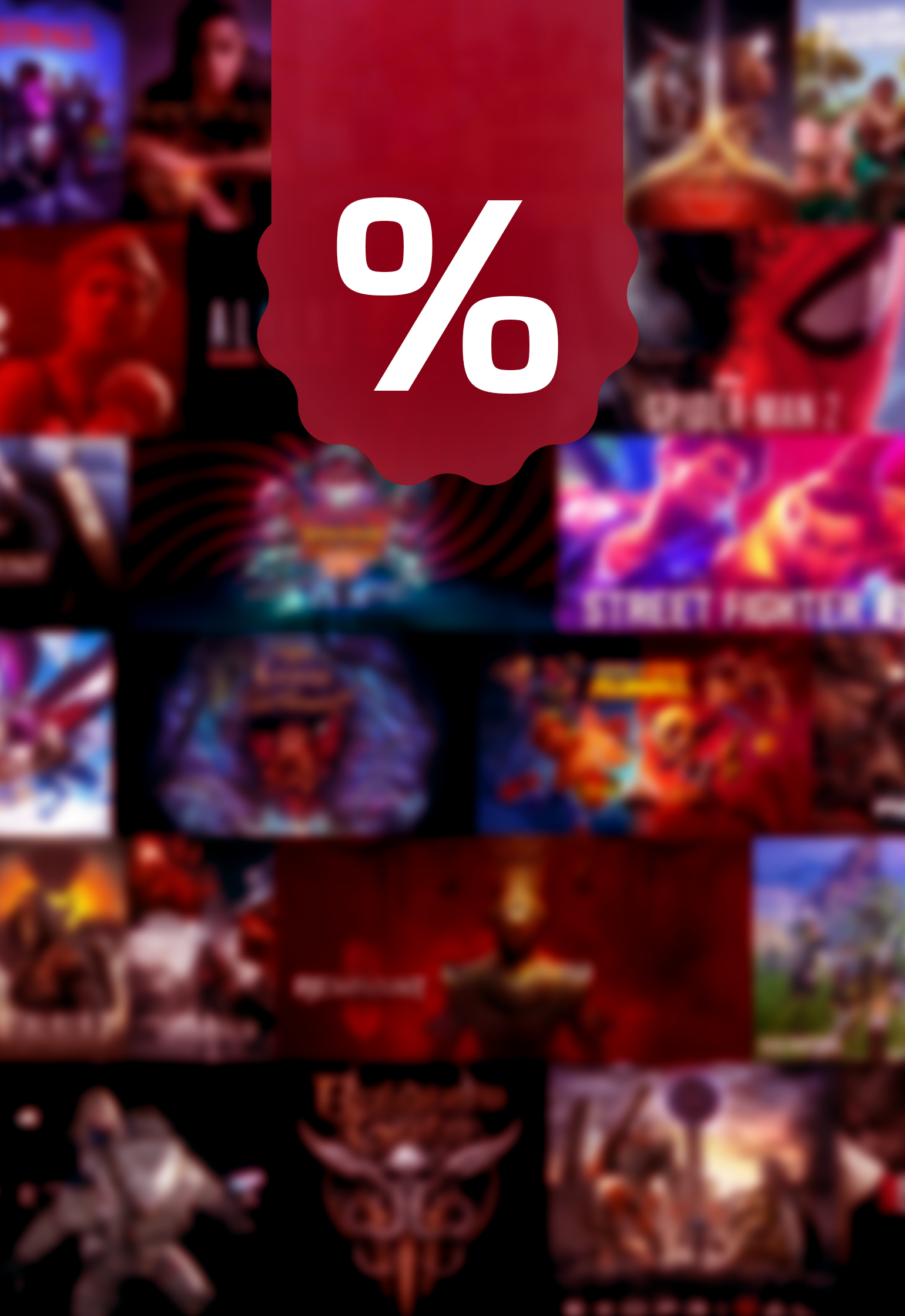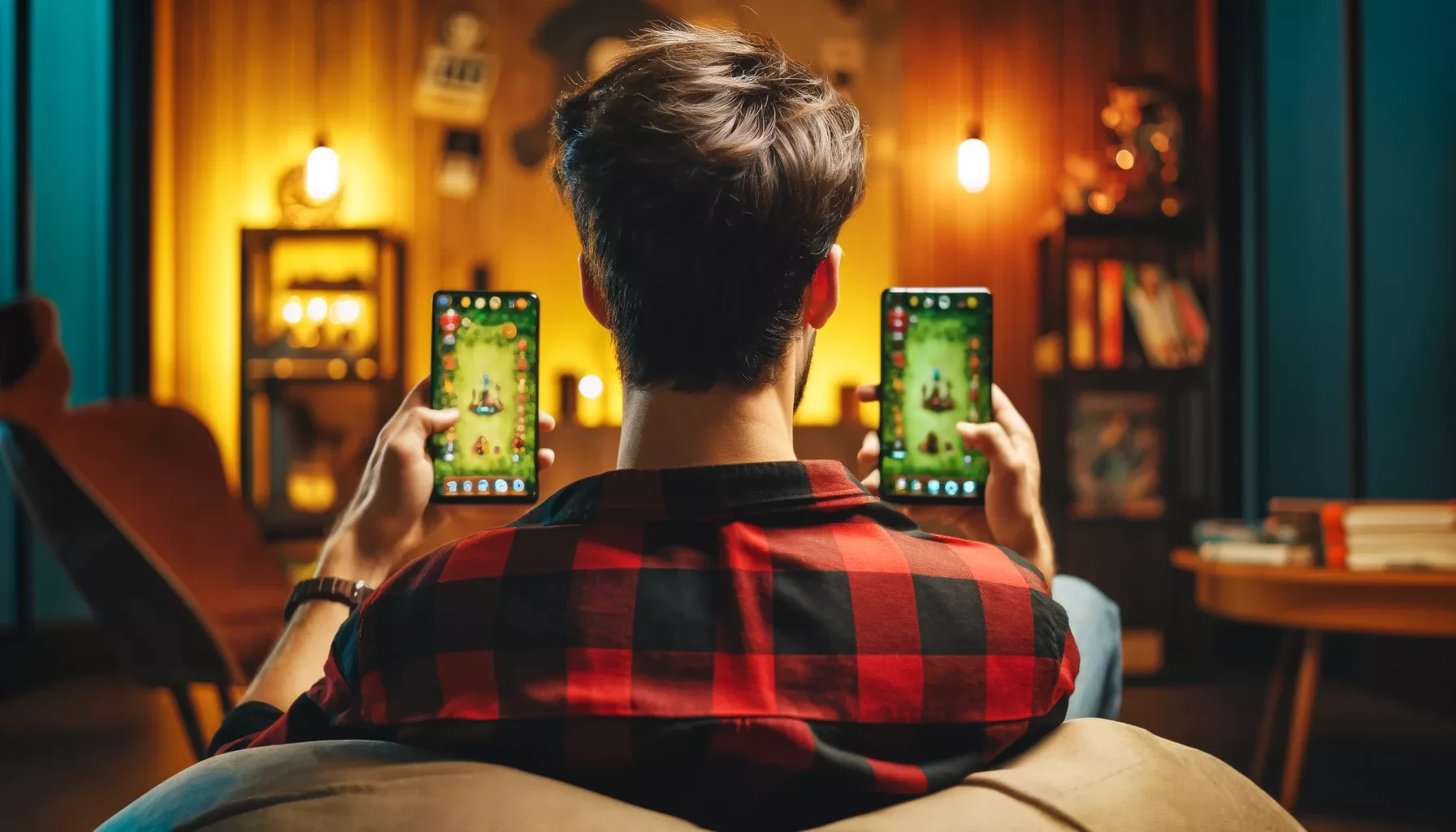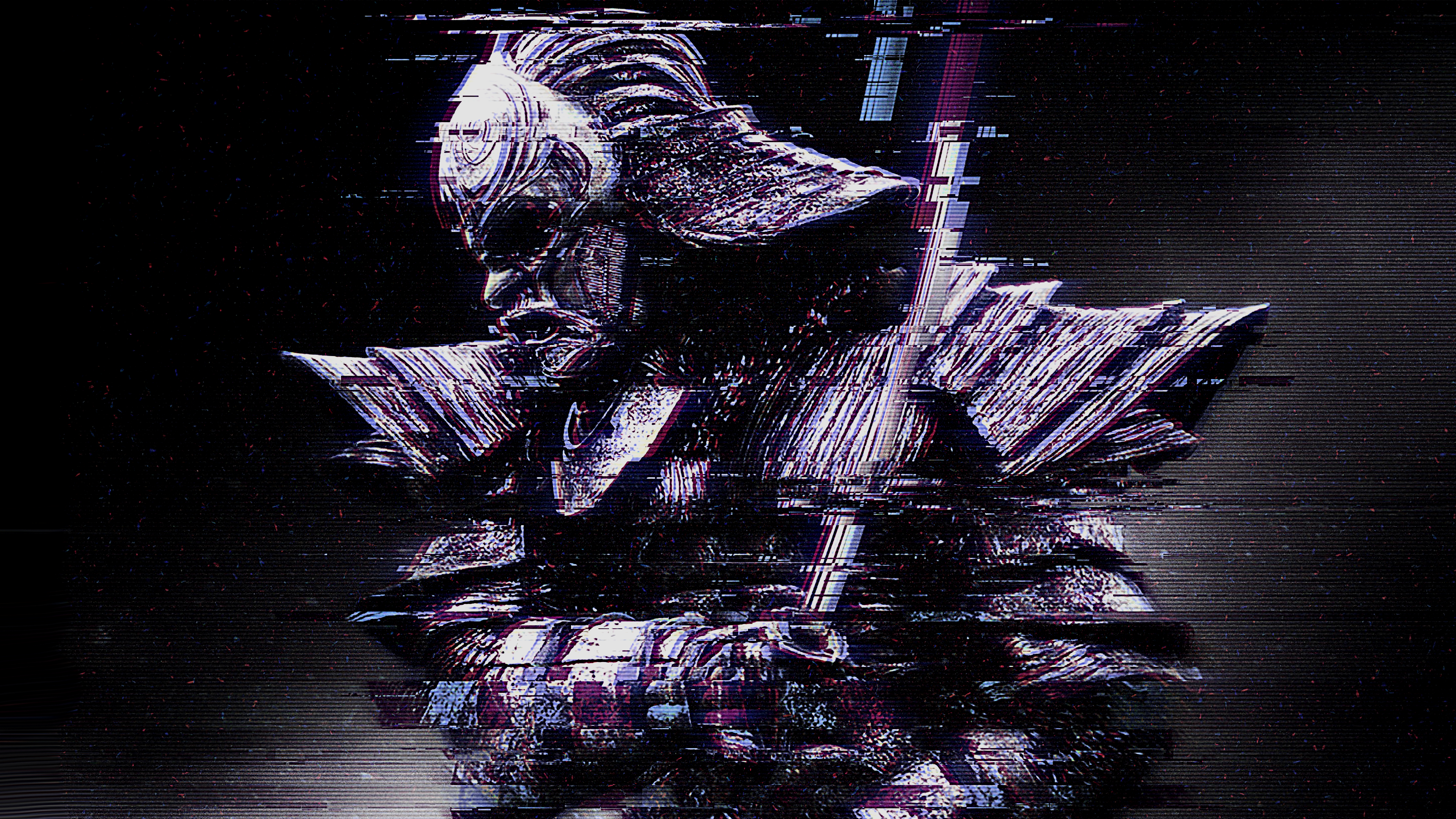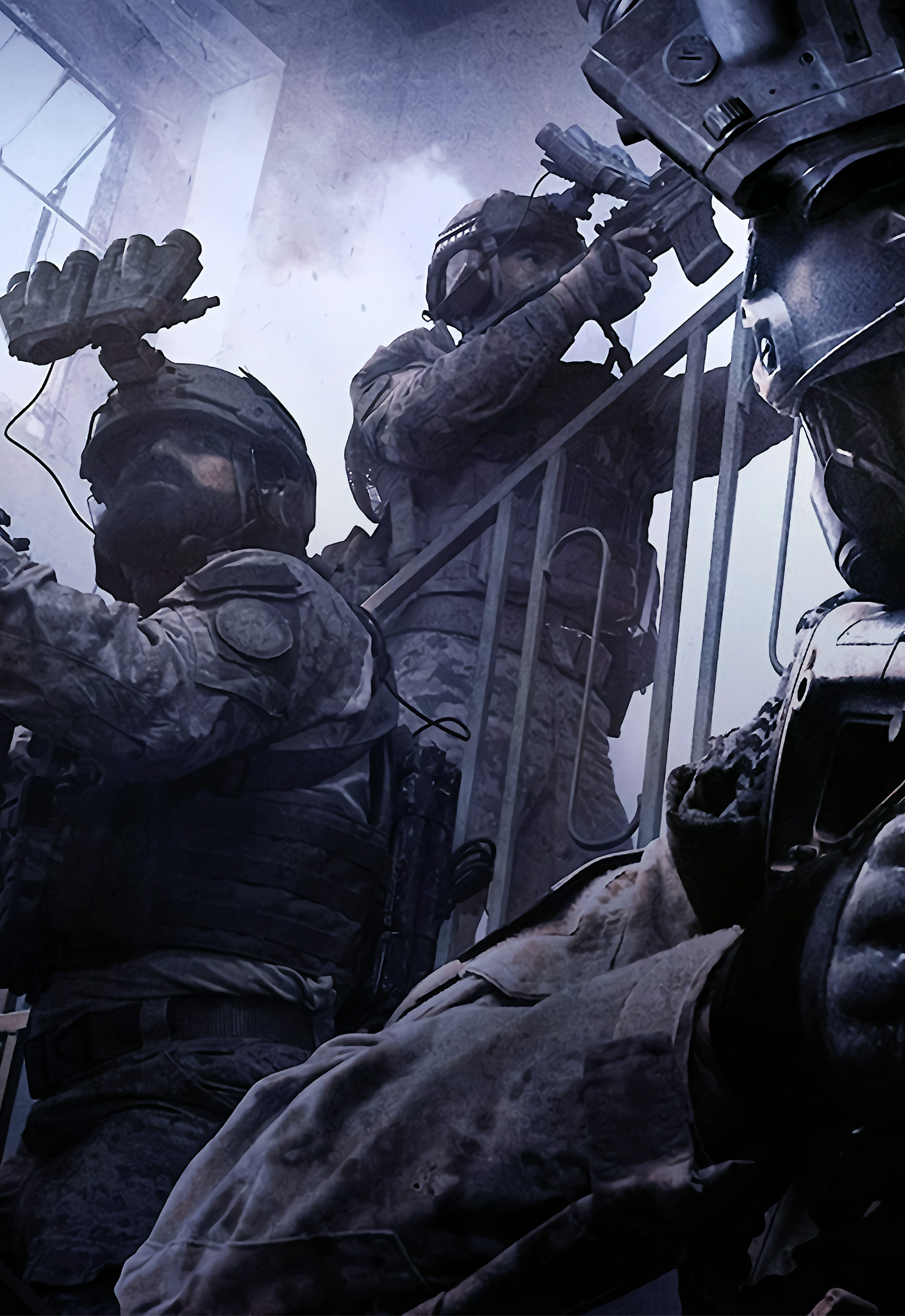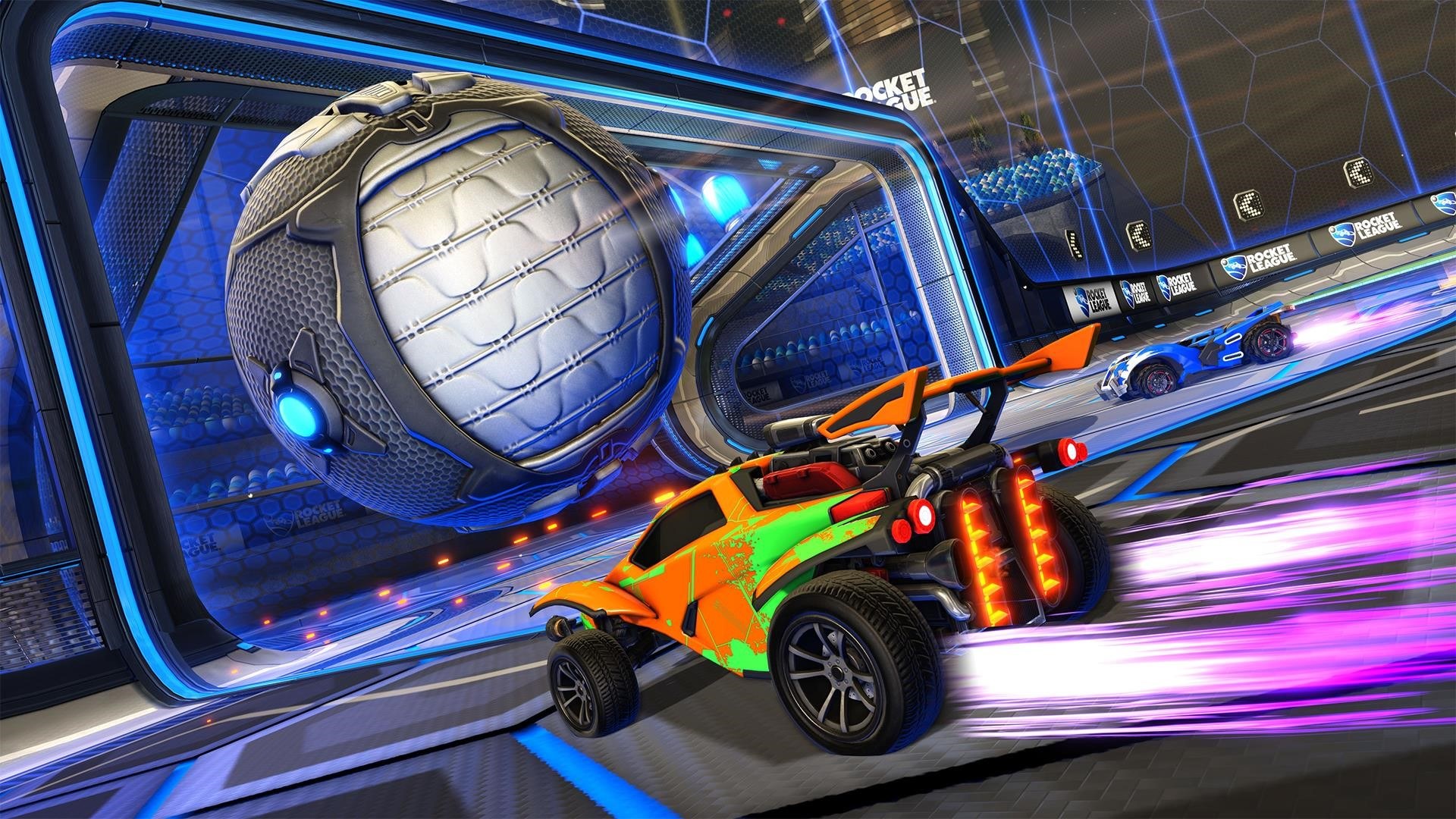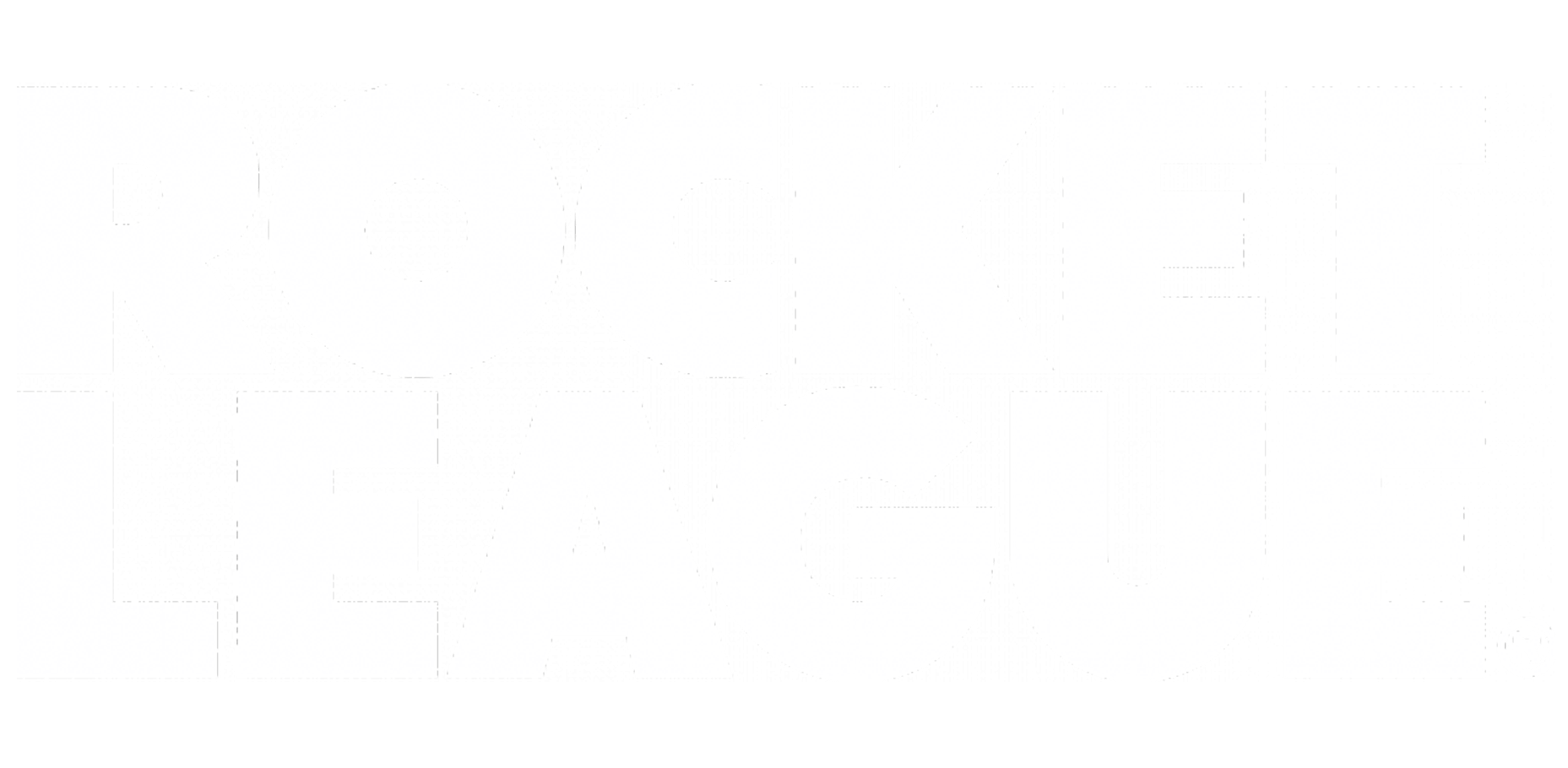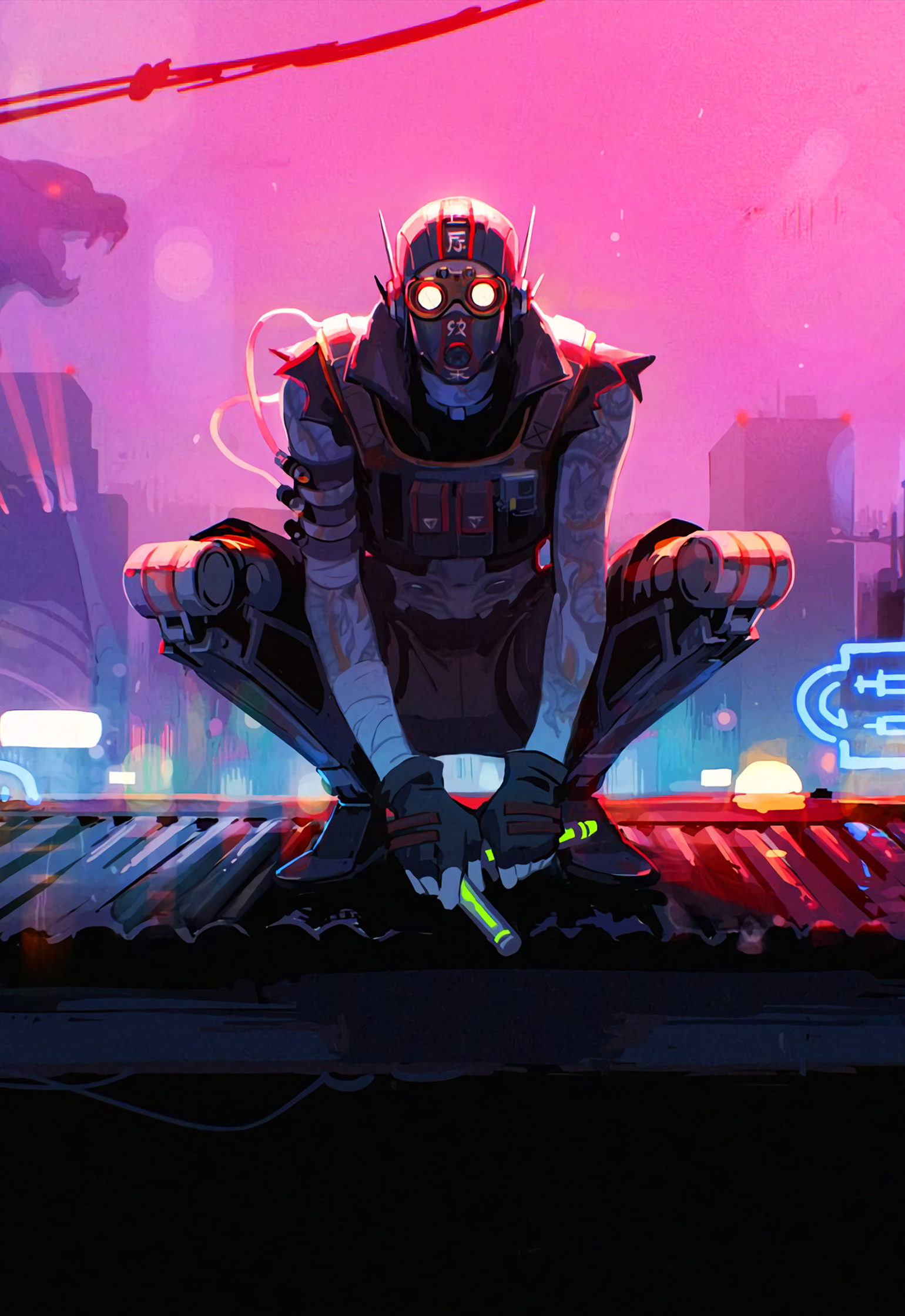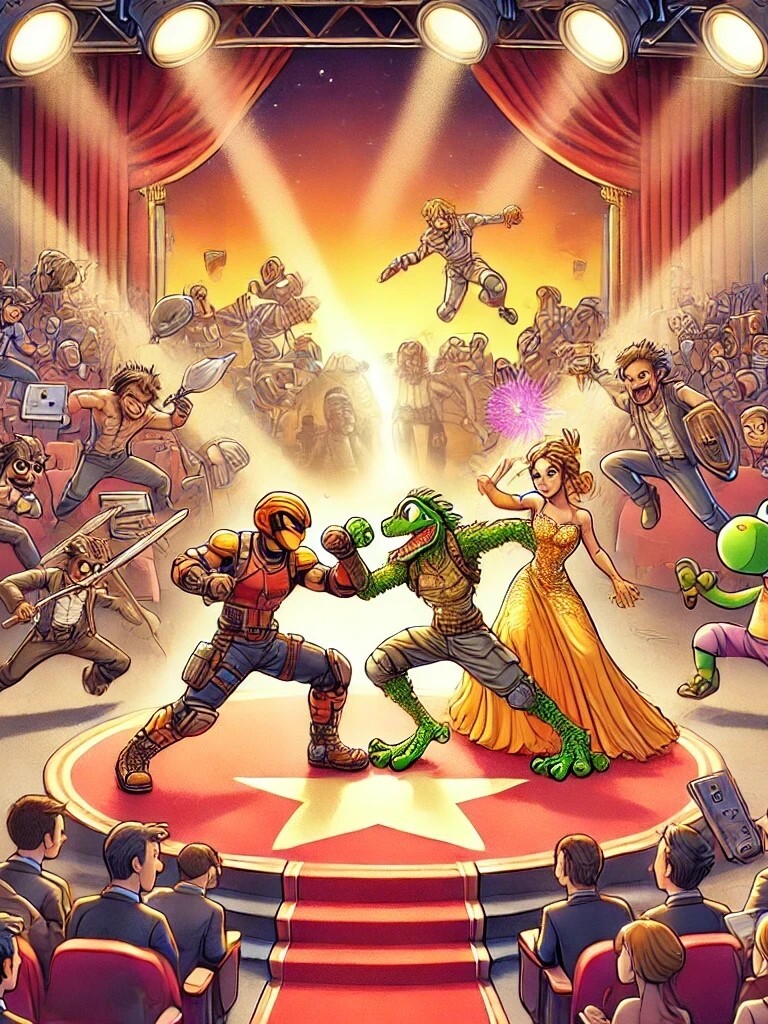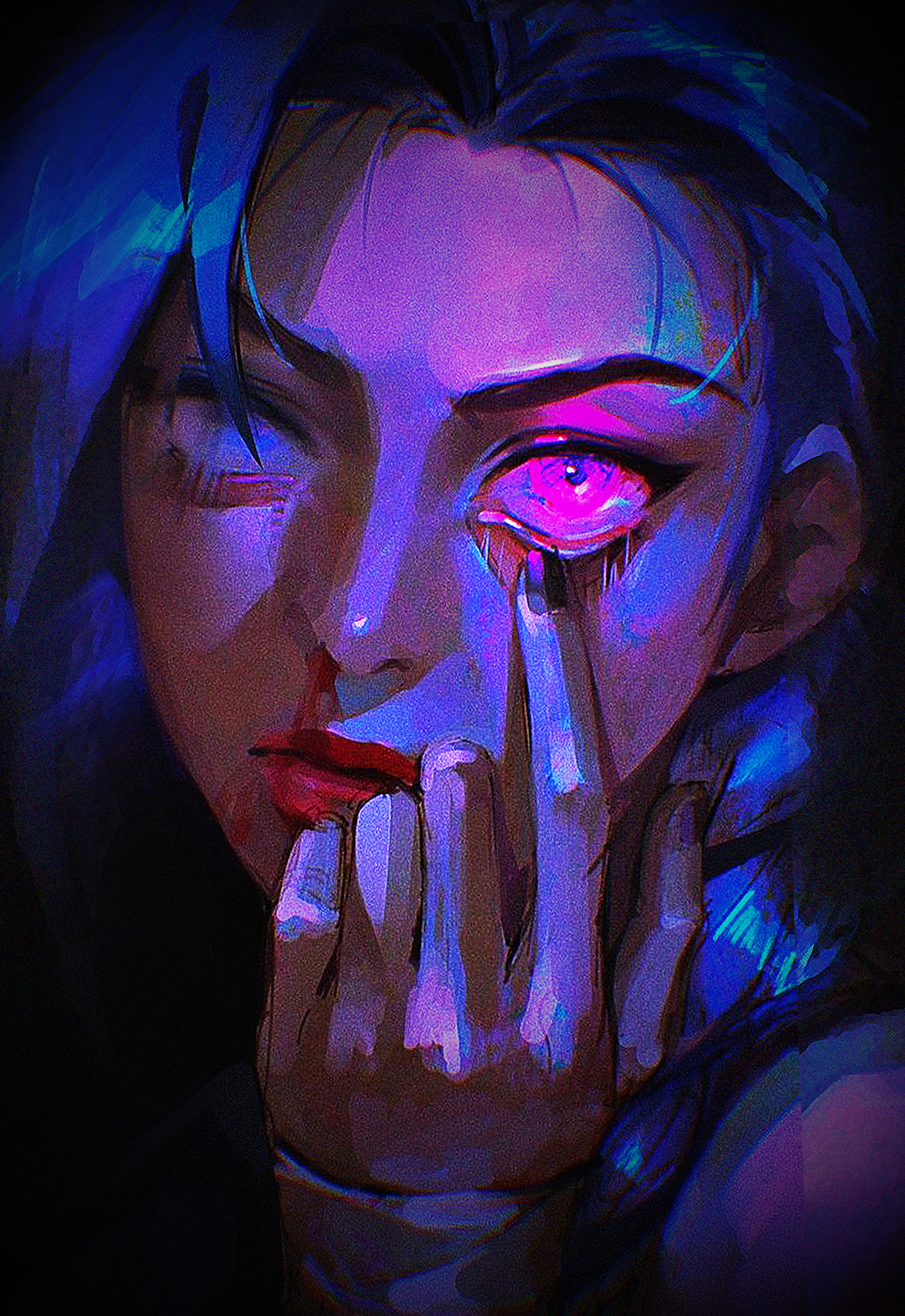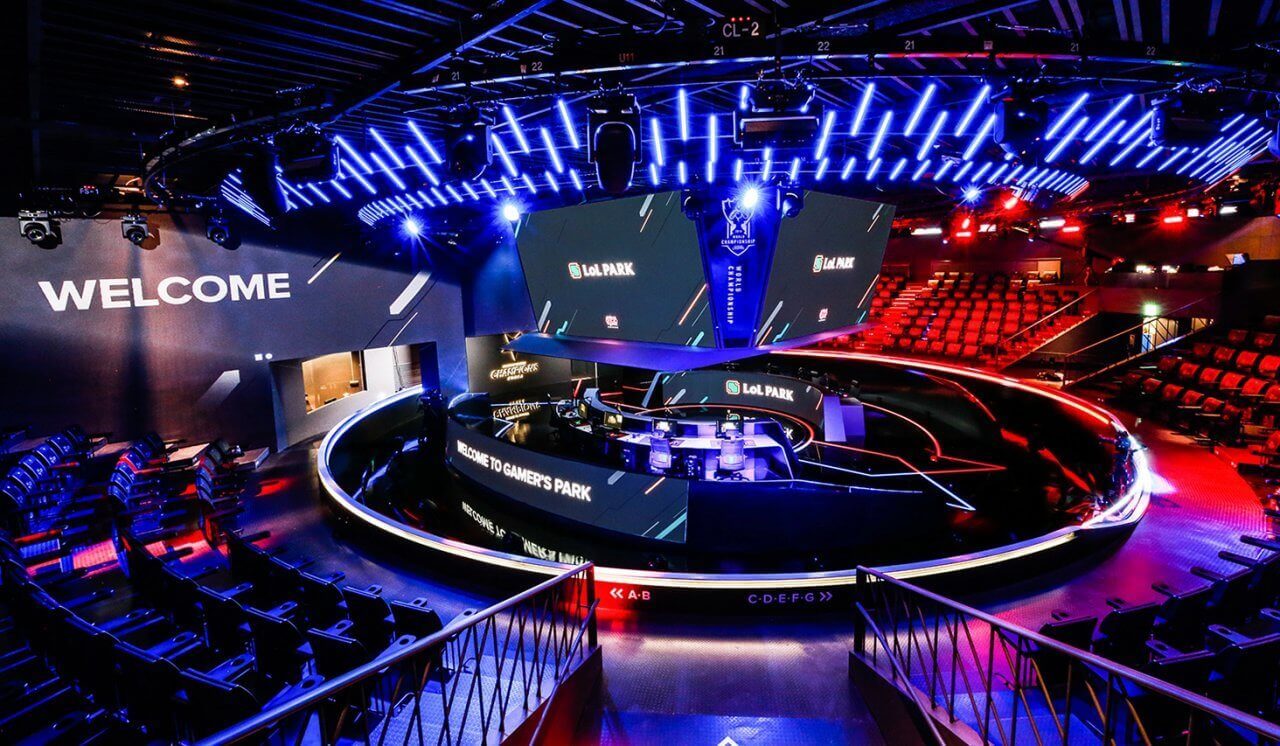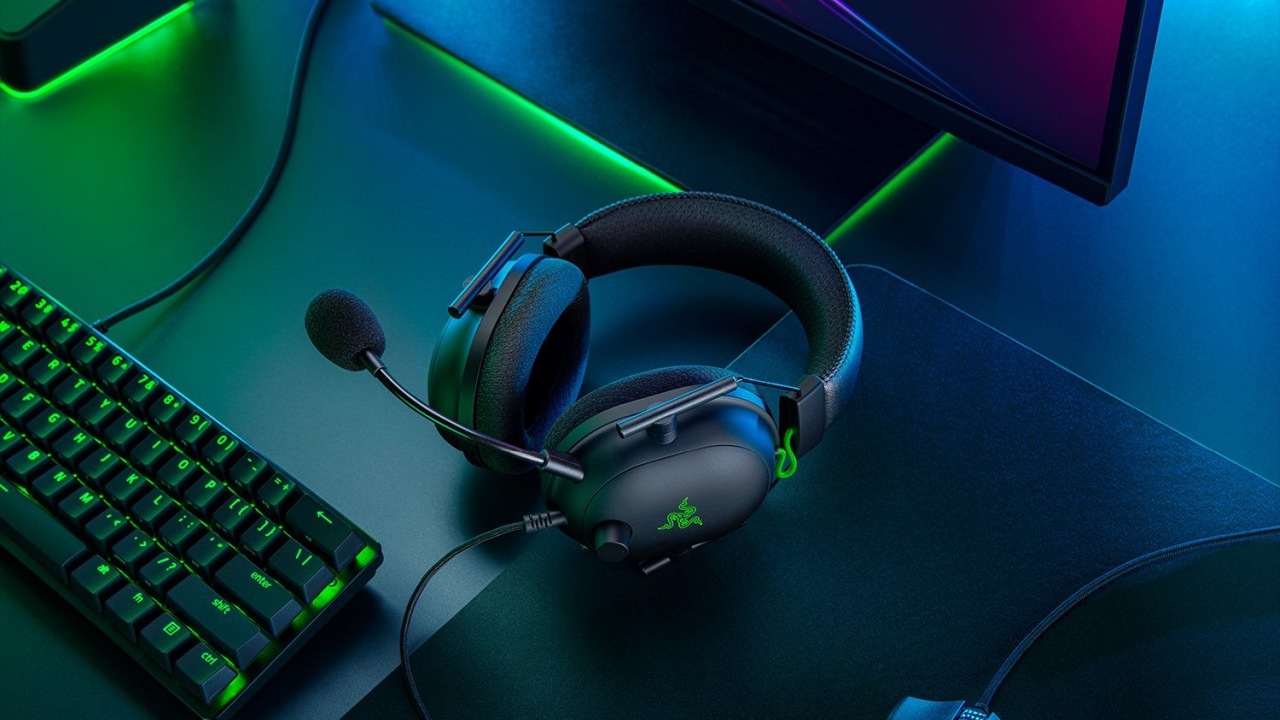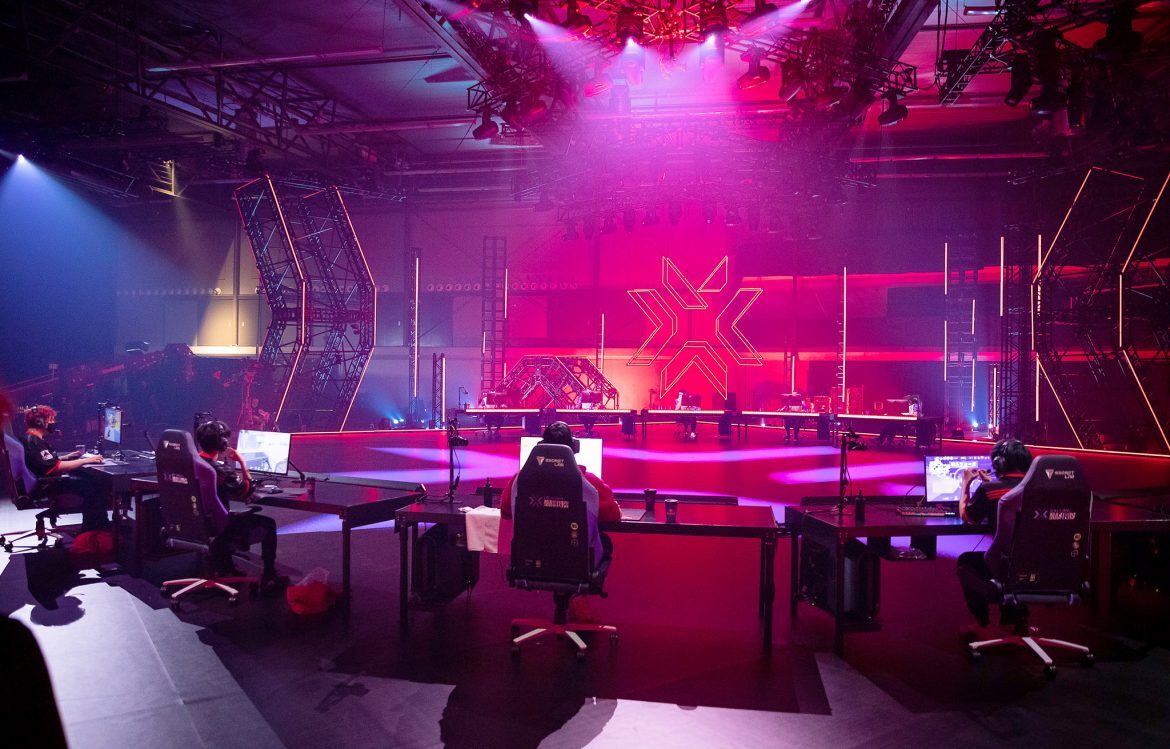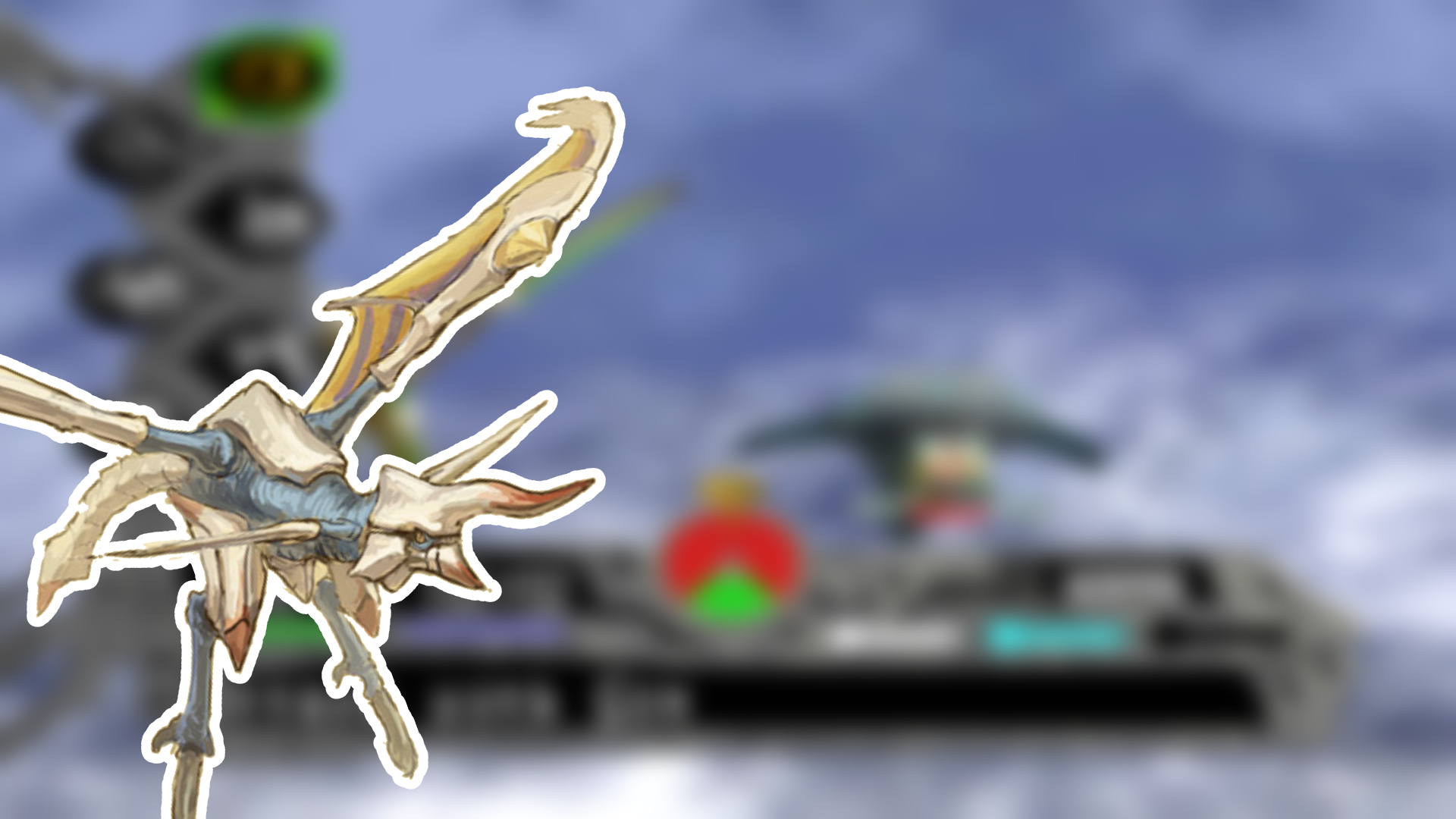One of the greatest rail-shooters of all time followed by one of the greatest RPGs of all time – and it can be yours for just over US$1000

The Sega Saturn console is nowadays often viewed as the beginning of the company's decline, after the years of its Genesis serving a serious competitor to Nintendo's offerings. However, the low sales of the consoles certainly can't be attributed to any lack of worthwhile titles, considering it was home to – for example – the Panzer Dragoon series.
These games are now considered some of the best of all time, making it all the more confusing why the company refuses to acknowledge its most epic chapter.
An Ambitious Template
Set thousands of years after a devastating war between humanity and its own bioweapons, the first Panzer Dragoon game from 1995 was already ripe for intrigue with its pseudo-mechanical monsters and dragon-riding rail-shooter gameplay, contextualized via real-time cutscenes and an amazing soundtrack.
Widely regarded as an early Sega Saturn masterpiece, expanding this world created by Sega's Team Andromeda into a franchise was the next logical step. To do so, the team would be split into two halves, with one working on a more direct sequel – Panzer Dragoon II Zwei, released in 1996 – and the other tackling an RPG meant to rival the PlayStation's Final Fantasy VII.
This RPG, eventually titled Panzer Dragoon Saga, proved far more difficult to develop. Retaining the series' fully 3D graphics and environments, voice acting and action and applying them to an RPG – a genre notorious for its games' length – strained both hardware and the team so much that the game would only release in 1998, by which time the console had already been discontinued in some regions. Two people died during development, something which director Futatsugi suggested could to be related to the extremely stressful working conditions.
Rising To The Challenge
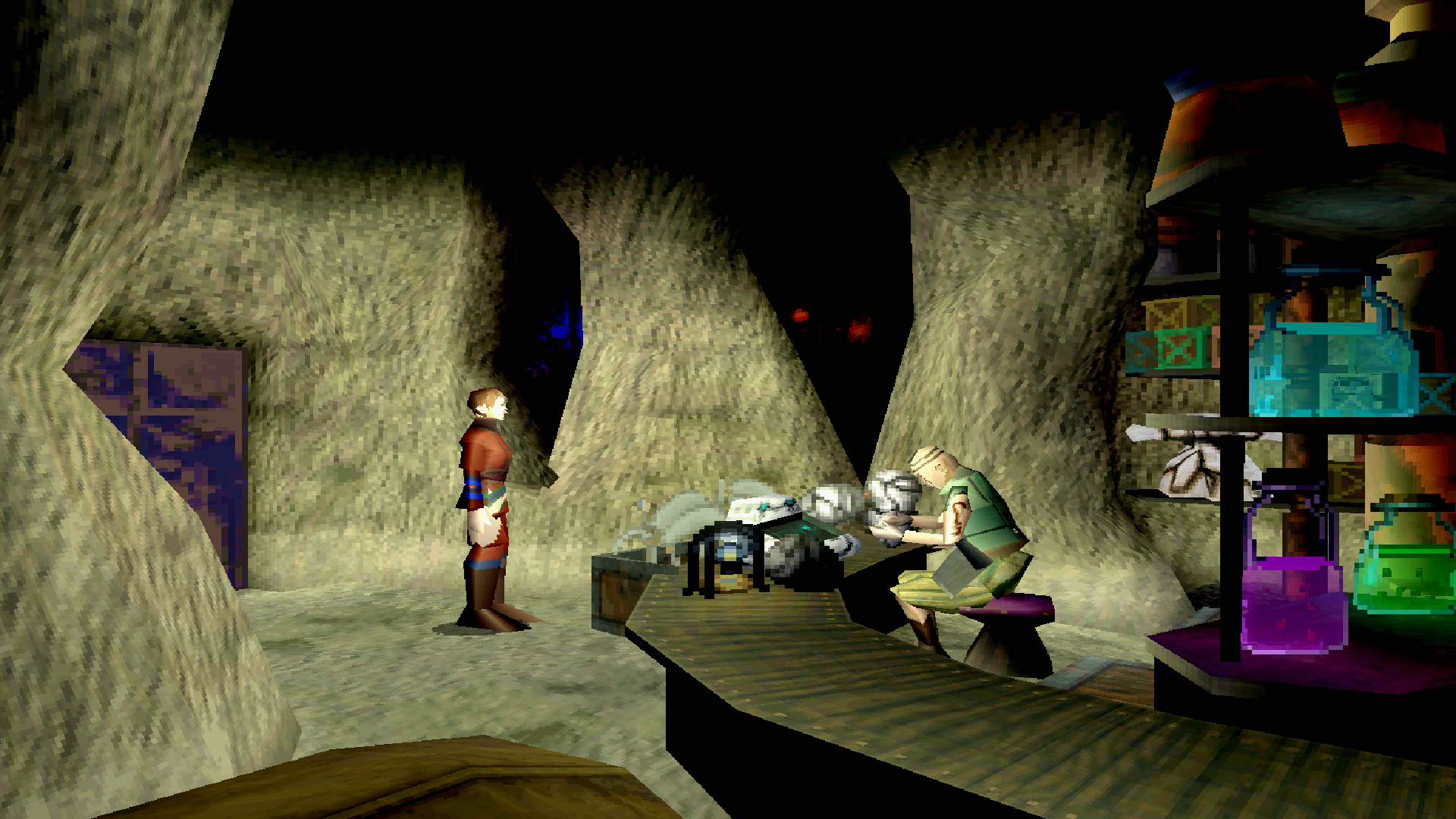
While a sacrifice like this just to produce a commercial entertainment product is obviously not something that should be glorified, Panzer Dragoon Saga would end up making the most of its premise, using every last bit and byte of the Sega Saturn's hardware capabilities to do so.
Its plot follows Edge, a mercenary hired by the same Empire that was the antagonistic force of previous titles, who survives an attack and is drawn into a struggle over ancient technology that could reshape the world. Along the way, he meets Azel, a mysterious bioengineered girl, and their journey develops into what critics have called "one of the first meaningful love stories in gaming".
Saga combines RPG tropes with its shooter roots by having the player interact with NPCs while exploring on foot, fly to locations on your dragon and – during the dragon segments – randomly encountering enemies which you defeat using a unique real-time battle system driven that combines power‑meters that let you act strategically once charged with shooting gameplay.
Losing The Battle
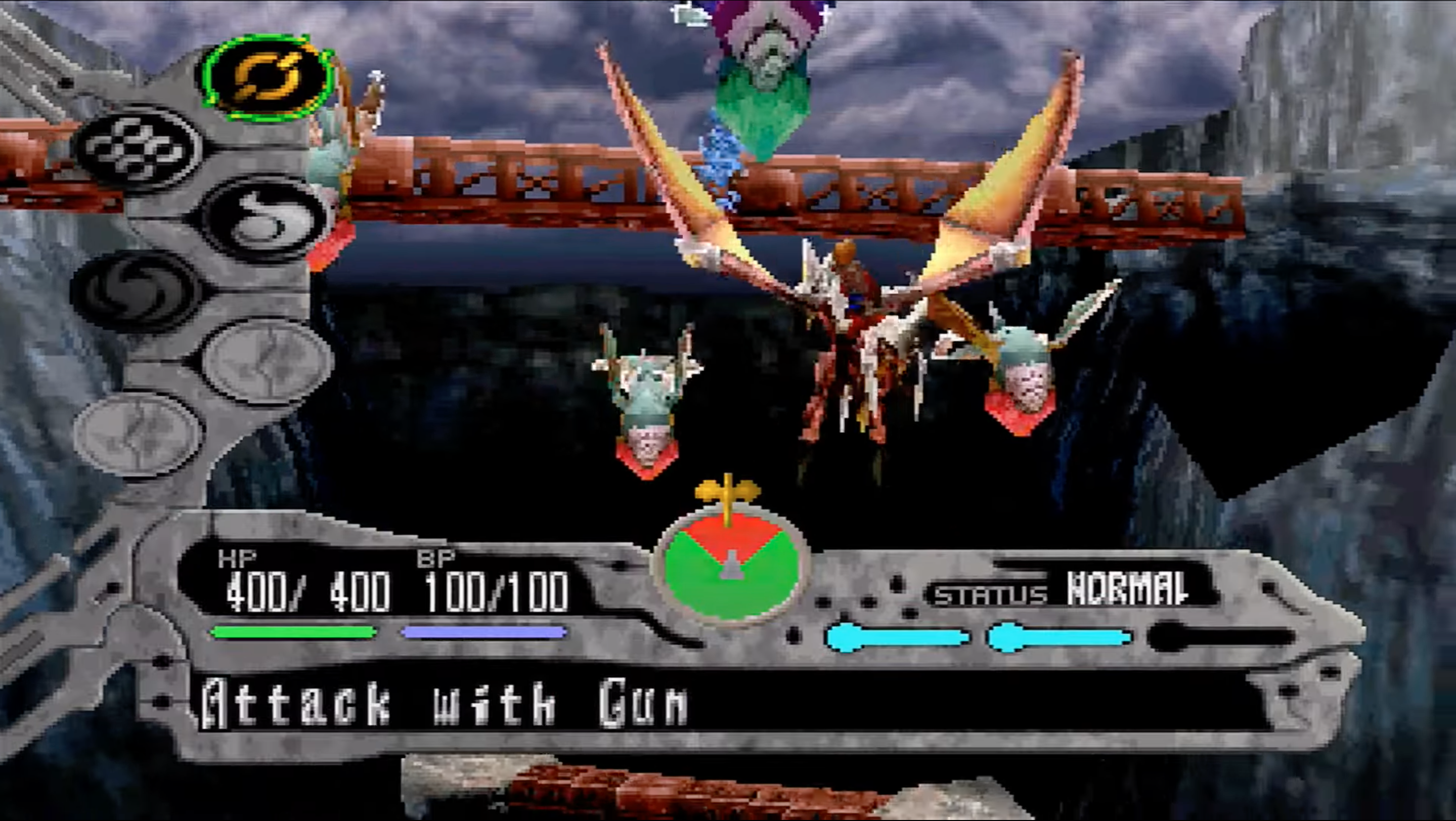
Sega expected the expensive, four-disc spanning game to sell around 1.5 million copies – after producing only around 20,000 copies for the US and 1,000 copies for the European market. There was almost no marketing for it at all, with the downsized Western localization teams even desperately trying to generate interest via word-of-mouth on their own.
Despite this, those who did manage to play it consider it one of the best games of all time, years ahead of the competition (the first Final Fantasy game to be fully 3D and have voice acting was Final Fantasy X three years later) and one of "the greatest RPGs you've never played".
But the company seems to still be traumatized from the behind-the-scenes development drama and colossal commercial failure. With the Team Andromeda disbanded, Sega Saturn emulation being notoriously difficult (especially for a game like this that makes full use of the hardware), and Sega apparently losing the source code, there seems to be little to no advocacy for Saga internally.
The franchise still went on, with more back-to-the-roots sequel Panzer Dragoon Orta on Xbox in 2002 (backwards-compatible on Xbox 360 and Xbox One) and the widely-accessible Panzer Dragoon Remake in 2020. But Saga, despite Sega retaining the full rights, unlike with the neglected & forgotten Sonic 2 sequel for example, remains stuck on the Saturn.
Never Giving Up Hope
So if you don't want to dish out more than US$1000 for an English-language copy, if it were up to Sega, you'd simply have no option to experience this Action-RPG masterpiece. Thankfully, various fan sites provide tutorials to guide newcomers through the somewhat finicky emulation process; in case you're interested.
If you want to bring the original game more up-to-date, fan-made patches for anamorphic widescreen as well as a Spanish translation by user Holy_3051 of Sega Saturno, completed around 2010, can be found online.
While there is no fully-fledged fan remake of Saga in the works (understandably, considering how arduous the official development already turned out to be), the Azel Resurrection Project by developer Black Fenrir aims to pique public interest and demand for such a remake by creating high-resolution concept art and possibly a demo for a Panzer Dragoon Saga Remake using Unreal Engine 4. Whether they can someday get the message through to Sega remains to be seen.
